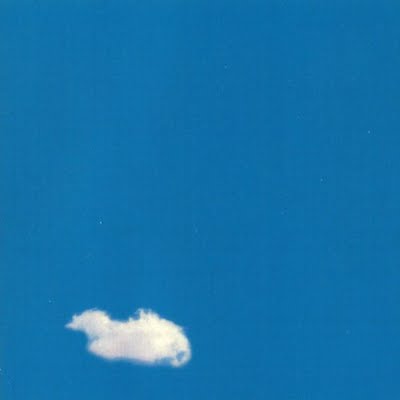
Live Peace in Toronto (1969)

1. Introduction of the Band
2. Blue Suede Shoes
3. Money
4. Dizzie Miss Lizzy
5. Yer Blues
6. Cold Turkey
7. Give Peace a Chance
8. Don't Worry Kyoko
9. John, John (Let's Hope for Peace)
John Lennon’s Live Peace in Toronto holds the unusual distinction of being both a pivotal career moment and a cautionary footnote. Recorded on the fly at the Toronto Rock and Roll Revival festival in September 1969, it marked Lennon’s first full-length solo appearance on stage without The Beatles—and, depending on one’s generosity, either a brave experiment or a glorified rehearsal.
The occasion was spontaneous. Lennon, increasingly restless within The Beatles and already entertaining the idea of stepping away entirely, accepted an invitation to play the festival with just days to spare. Hastily assembling the “Plastic Ono Band”—featuring Eric Clapton on guitar, Klaus Voormann on bass, and Alan White on drums—he boarded a plane to Canada alongside Yoko Ono and minimal preparation.
The resulting performance, captured in full on this album, is a split affair—both in structure and in reception. Side One, featuring Lennon at the helm, is surprisingly robust given the lack of rehearsal. The setlist leans heavily on rock ‘n’ roll staples—Blue Suede Shoes, Money, and Dizzy Miss Lizzy—songs Lennon could perform in his sleep, and possibly was. The performances are loose, raw, and imbued with a nervous energy that lends them charm rather than polish.
The standout is Yer Blues, which benefits from Clapton’s guitar work and Lennon’s growling vocal, carrying over the desperation of the original Beatles recording with added grit. Cold Turkey, a new track at the time, is delivered with all the urgency its subject matter demands, though the presence of Yoko Ono on backing vocals begins to strain the goodwill established by the earlier tracks. Give Peace a Chance, sung more like a communal chant than a performance, closes Side One on a warmly ragged note.
Side Two is another matter entirely.
Introduced by Lennon with the words, “Yoko is going to do her thing,” the second half of the album consists solely of Ono’s avant-garde vocal experiments—wordless, improvised, and deeply polarizing. Over a bed of feedback and improvisation, she howls, shrieks, and wails through two extended tracks. Whether viewed as boundary-pushing art or unlistenable indulgence, it is undeniable that this section derails any sense of musical cohesion. For many listeners, it is the point at which the album turns from historical curiosity to endurance test.
To her credit, Ono was never attempting to be conventional, nor was Lennon trying to conceal her influence. But the juxtaposition of traditional rock with sonic abstraction feels jarring, and not always intentionally so. What could have been remembered as a scrappy but spirited solo debut is instead remembered—at least in part—for its descent into sonic chaos.
Still, Live Peace in Toronto has its place. It is a document of Lennon in transition: stepping away from The Beatles, stepping into the unknown, and dragging a reluctant audience with him. It is not a great live album, nor a particularly cohesive one, but it is undeniably bold—and in that regard, it is entirely in character.
Go back to the main page
Go To Next Review